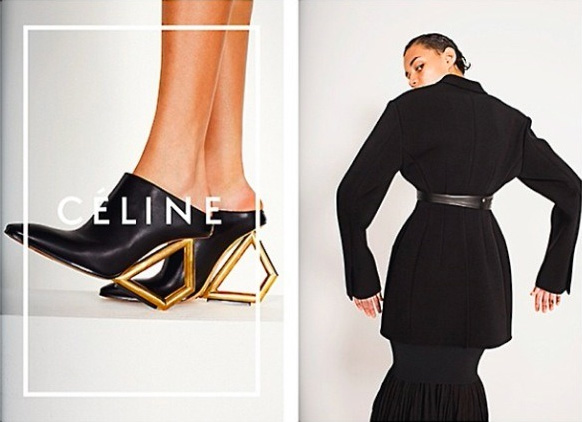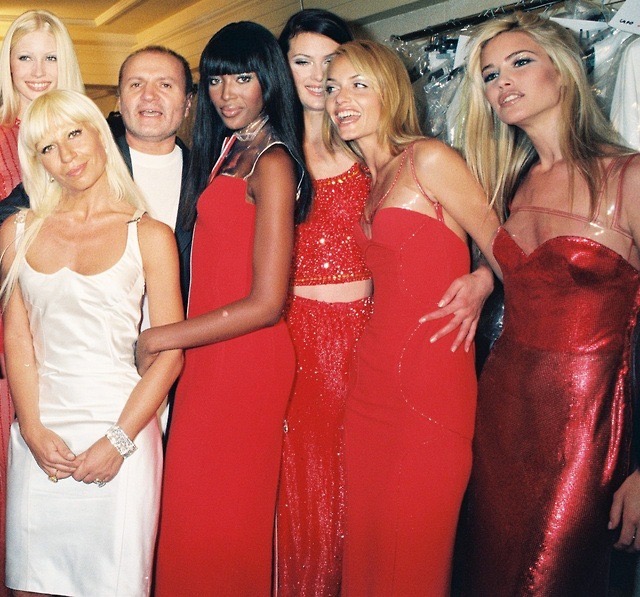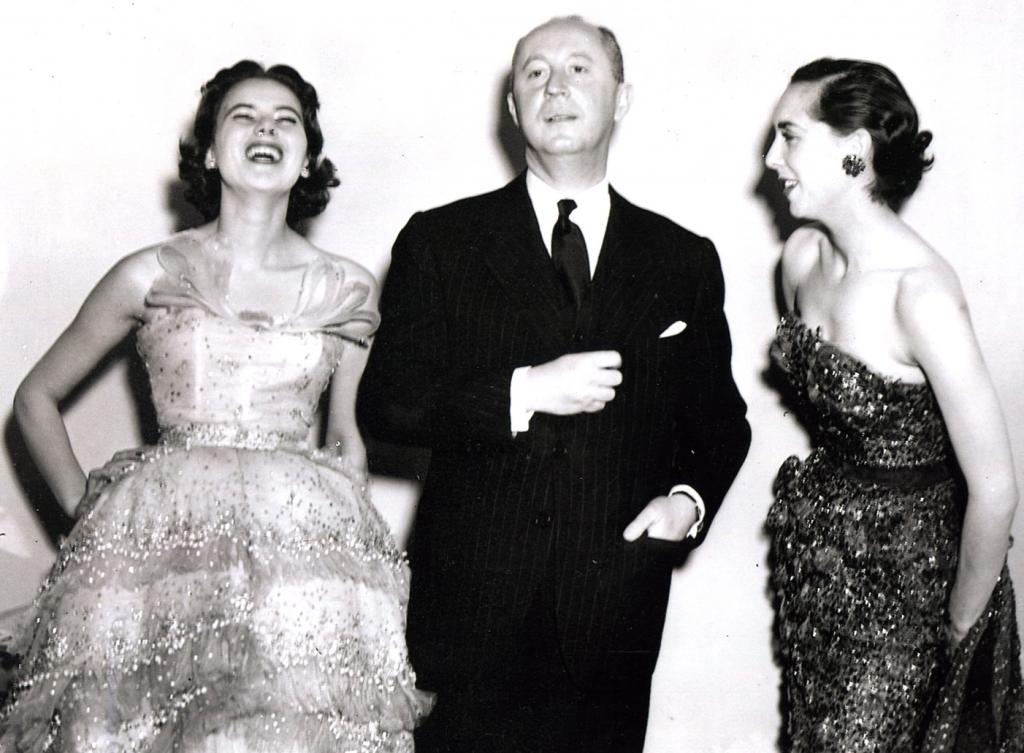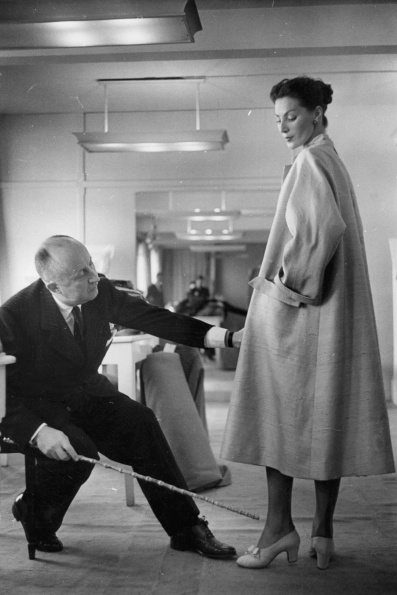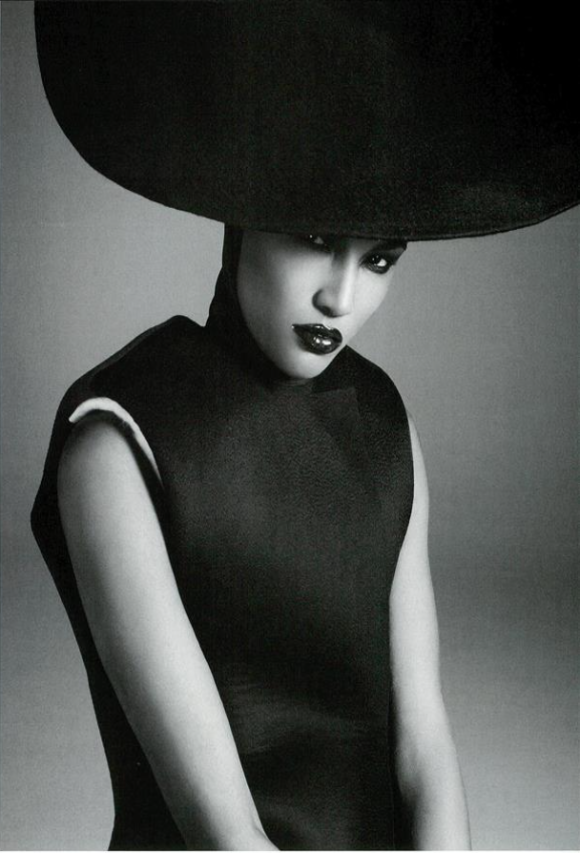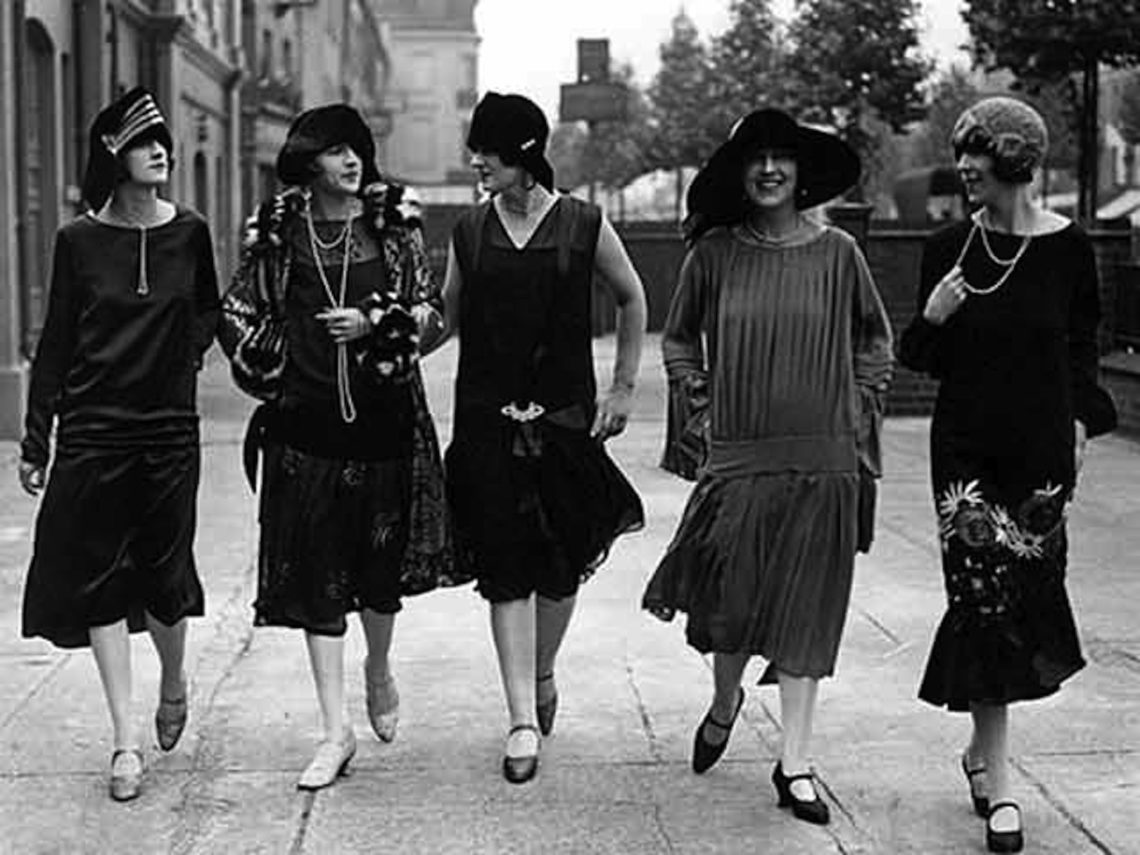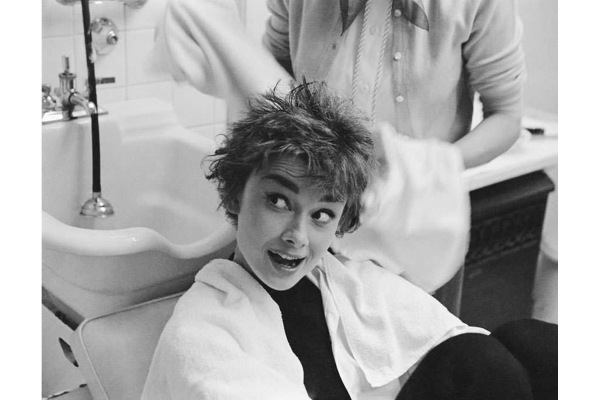As the continual from our discussion of Yves Saint Laurent on shifting identities of brands themselves and of society’s portrayal of dressing oneself, it would be oblivious if Celine did not take part in this potentially controversial yet necessary discussion. Why controversial? When a designer is to be succeeding a predecessor with a pronounceable-sized shadow, this signifies two things. On the one hand, there is the presence of a strong “fan base” who likely identifies their purchase vision according to this designer’s aesthetics, color palette, design philosophies, etc. On the other hand, to succeed said designer means to either play with the cookie cutters left around, or to throw them…
-
-
Tribute to Gianni Versace
15thJuly 1997, Gianni Versace was murdered in front of his house in Miami Beach by a homosexual antipathetic. It was a huge loss for Maison Versace of which Gianni was the founder and the artistic director. After his death, 50% of Gianni Versace S.P.A. was left to his ‘princess’, this is how Gianni used to call his nephew Allegra, Donatella’s daughter, who was just eleven at that moment. Donatella and Santo, respectively Gianni’s sister and brother, took the wheels of his empire, whose revenues, updated to 1997, were around 845 billion lire and a profit before taxes equal to 176 billion lire. Donatella became the new creative director, while Santo took…
-
Dior’s evolution: from Yves to Galliano and the years in between
“I’m not a tailor, but a happiness maker.” (Yves Saint Laurent) Yves Saint Laurent at Dior It was 1957 when Christian Dior announced to the mother of his Algerian assistant, Yves Saint Laurent, hired two years before at the age of 19, that her son would have become the new revelation of the Fashion World and the new source of happiness for many women from that moment onward. “The most beautiful gown that can dress a woman are the arms of the man who loves her. However, for those who have not the possibility to find this happiness, I’m here.” Saint Laurent said. Yves Saint Laurent at Dior One year later, he…
-
Decades of Fashion: the Thirties
Here we are with our third appointment of “Decades of Fashion”: today we will take a look at the 30s. After the flourishing growth that occurred in the States during the 20s, in 1929 the country had to face the Stock Market crash and the following crisis known as the Great Depression. At the beginning of the new decade, almost 15 million Americans were unemployed and the situation remained critical until 1932, when Franklin Delano Roosevelt was elected president. He came up with the New Deal, a set of programs that allowed the government to provide jobs for the unemployed therefore helping the development of a stable economy. In the…
-
Dior’s evolution over history: how everything started
“In a time dark as our own, where luxury consists of guns and airplanes, our sense of luxury must be defended at all costs. I can’t hide the fact that it is against the natural world trend, but I believe that in it there’s something essential. Anything that is against the reality of the simple covering or feeding is luxury; the culture we defend is luxury.” It was 1946. The Second World War was just over and everyone desired some fresh air to breathe. When Christian Dior, or better his “Siamese twin” as he used to call himself as a couturier, opened his maison at the number 30 of Avenue…
-
Elegance: In or Out?
Over the last two centuries a fashion revolution occurred, which started with the rigid dress code ante-Poiret, passed through the hands of Coco Chanel and arrived to the unbounded concession of today. We all agree that the way we dress is an expression of personality, but up to what point is it possible to dare in order to affirm our uniqueness? Is good taste something not to be cared about anymore? Is elegance something debatable or a well defined concept? “Simplicity, good taste and grooming are the three fundamentals of good dressing”. This is what Monsieur Dior tried to teach to “the woman of today” in his Little Dictionary of…
-
Gianni Versace
Today, 2nd December, 70 years ago, a genius of Fashion was born. His creativity and originality allowed him and his Maison to enter the Olympus of the greatest names of Fashion. However, as we all know, creativity and madness are just two sides of the same coin. And it is curious that it was this latter, the evil twin, madness, that caused Gianni Versace’s death on 15th July 1997, in his Miami Beach’s villa. Anyway, this piece is not meant to talk about his murder, still covered in mystery, but to celebrate the existence of an artist, whose life has contributed to write a page of the Fashion History Diary. …
-
Black Magic
“The most popular and the most convenient and the most elegant of all colours. And I say colour on purpose, because black may be sometimes just as striking as a colour. It is the most slimming of all colours and, unless you have a bad complexion, it is one of the most flattering. You can wear black at any time. You can wear it at any age. You may wear it for almost every occasion. A “little black frock” is essential to a woman’s wardrobe. I could write a book about black…” It was with this words that Christian Dior defined black in his Little dictionary of fashion. Essential. But…
-
Decades of Fashion: the Roaring Twenties
Here we are with our second edition of Decades of Fashion. After having looked at the Sixties, we will take a glimpse of the Roaring Twenties. These two decades actually have many common elements: both experienced post-war growth together with several social changes. At the beginning of the Twenties, while Europe was trying to recover from the damages brought by World War I, America went through a period of economic growth. The increase wide-spread wealth gave birth to a consumer society and mass culture. Radio as well as cinema became very popular with Hollywood becoming the world’s film capital. However, the main symbol of this time is the flapper, the new…
-
Decades of Fashion: the 60s
“Hey mama hey mama – Look around -Everybody’s groovin’ to a brand new sound” Welcome to the 60s, Hairspray At the beginning of the Sixties, the world felt that something was changing. A rush of optimism was spreading around cities and, with the election of the new president of US, John F. Kennedy, in 1961, people believed that a new golden age had to start. The key actors of those years where those who were born after the World War II, also called the baby boomers. Having reached the teen age, the joyful, lighthearted youth embraced the pleasures of life without the knowledge of the dreads of past wars. They…

